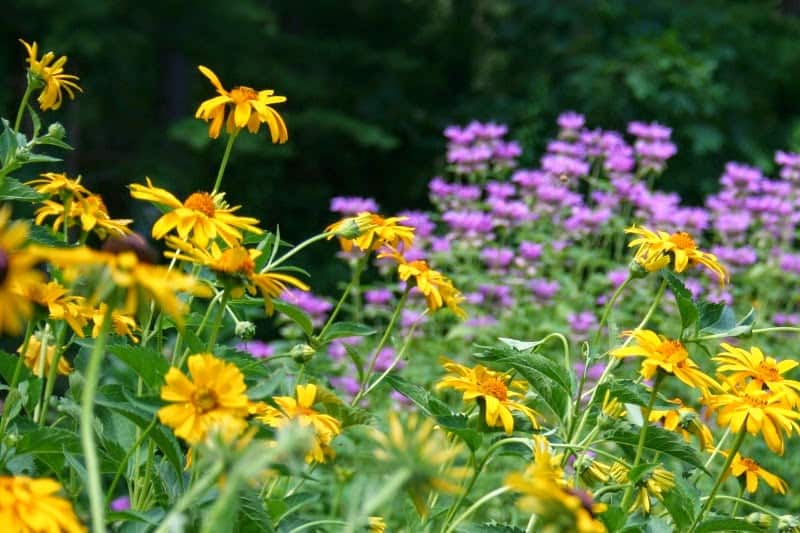 |
| Yellow daisies in the front, monarda in the back in my garden today. |
Growing Monarda

by Jeanne
 |
| Yellow daisies in the front, monarda in the back in my garden today. |


Are you looking for Christmas gifts for gardeners? This is your holiday gift guide to find the perfect present for that special gardener in your life! I have a lot of experience shopping for Christmas gifts for gardeners, that’s for sure. My dad was an avid gardener, and I delighted in buying him gifts from…

Have you ever wanted to start a vegetable garden, but felt completely lost about what to grow? Here at Home Garden Joy, I specialize in making gardening fun and easy for beginners. Sometimes, the gardening information available is scary. It reads like a cross between chemistry class and a foreign language. Well, I’m here to…

When you improve garden soil, you improve the health of your plants. And, you improve the nutrient quality and quantity of fruits, vegetables, and herbs. There’s an old saying in gardening: The better the soil, the healthier the plants. And the healthier the vegetables, fruits, and herbs you grow in your home garden, the healthier…

Whether you’re new to backyard gardening or just bought your first home and have always longed for the day when you can plant an organic vegetable garden, these tips for starting a backyard garden offer newcomers to the world of gardening useful information to help you be successful. Vegetable gardening doesn’t need to be expensive,…

Very timely post. I’ve been thinking about bee balm lately. We have a native one that I’m hoping to get into my garden.
Hi, my friend! It’s a funny plant. I found it difficult to get started, but once it got established it is doing well. I really had to “baby” it through its first year but now I’m thinking of transplanting some since it is doing so well. Let me know how yours turns out!